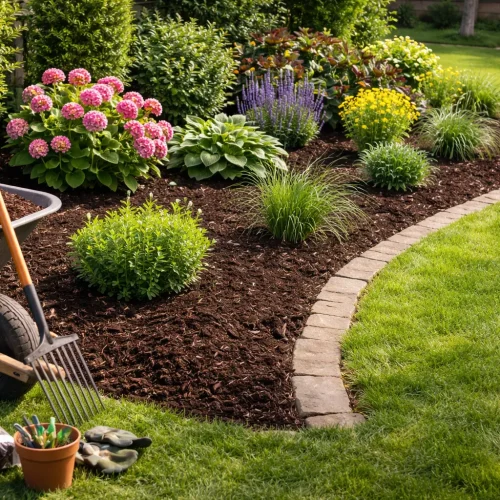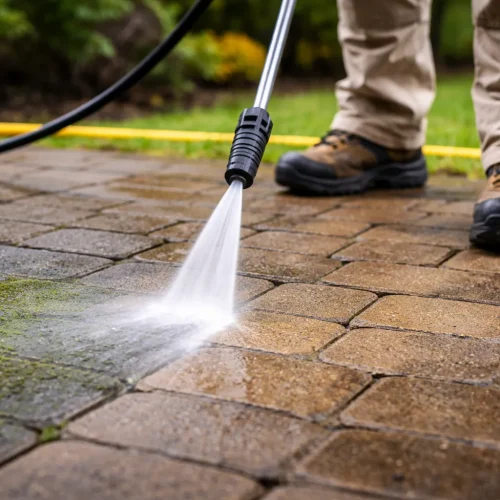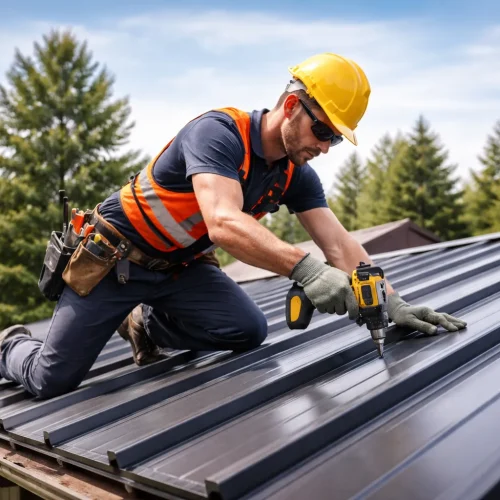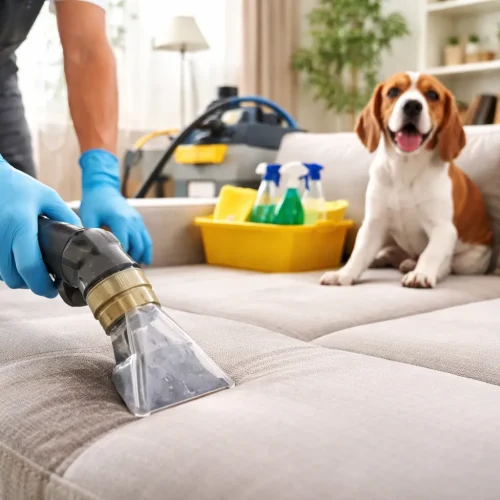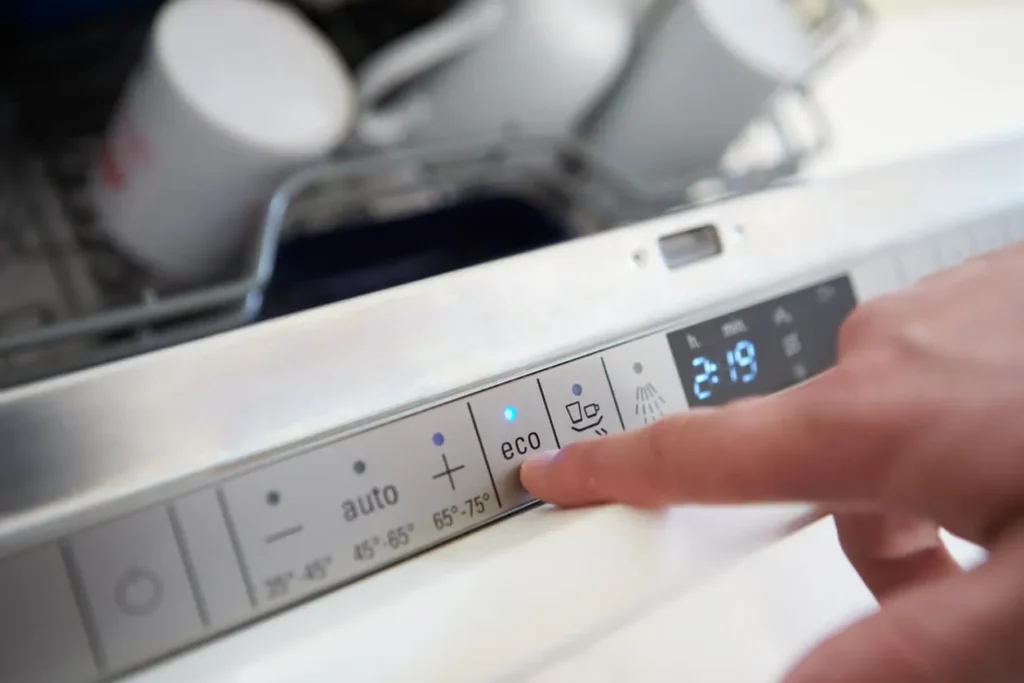
Many households are unknowingly losing money each month due to hidden energy and water waste. While rising utility costs are often blamed on higher rates, the true culprits can often be found inside the home. Outdated appliances, unnoticed leaks, and inefficient plumbing systems quietly increase bills and place unnecessary strain on the environment. By addressing these often-overlooked issues, homeowners can achieve long-term savings while creating a more sustainable way of living.
Appliances That Consume More Than They Should
Major household appliances rank among the biggest consumers of energy in a home. Refrigerators, dishwashers, dryers, and washing machines all play essential roles; however, when they are outdated or poorly maintained, they can increase the energy and water consumption of modern models by up to double.
Consider the refrigerator: because it runs continuously, even minor inefficiencies, like a worn door seal, can lead to significant electricity waste over time. Washing machines and dishwashers can also become less efficient as they age, taking longer to complete cycles and using more water in the process.
Homeowners sometimes delay calling for appliance repair when a unit still functions, but waiting too long can actually increase long-term expenses. A timely repair or upgrade often reduces ongoing costs while extending the life of the appliance.
Small Plumbing Issues, Big Consequences
While appliances are visible, plumbing problems are often hidden until they become major issues. What looks like a small drip from a faucet can, over time, add up to hundreds of litres of wasted water. Similarly, a running toilet or a slow, unnoticed leak in a basement pipe adds up quickly in both water waste and financial impact.
Inefficient plumbing can drive up energy costs. When sediment builds up inside a water heater, the system has to work harder to produce hot water, which increases electricity or gas use. Poor insulation around hot water pipes can cause further energy loss. Regular inspections by plumbing experts help identify these inefficiencies early, preventing more extensive repairs and lowering monthly costs.
The Interconnection of Plumbing and Appliances
Plumbing and appliances don’t operate separately; they depend on each other. Dishwashers and washing machines require a reliable water supply, and issues like clogged drains or mineral buildup in pipes can strain these machines. Mineral buildup from hard water can wear down appliances by leaving deposits inside, while plumbing issues may lower water pressure and hinder overall performance.
When one system is inefficient, the other often suffers as a result. By treating the home as an interconnected network, homeowners can better understand how to maintain efficiency across both plumbing and appliances.
Modern Solutions and Upgrades
Sometimes the most effective fix is an upgrade. Energy-efficient appliances certified to reduce consumption use far less electricity and water compared to older models. For plumbing, simple improvements like low-flow showerheads, dual-flush toilets, or even switching to a tankless water heater can greatly reduce water use without compromising comfort.
For homeowners considering renovations, choosing sustainable building materials and water-efficient designs can bring even greater long-term savings. These choices not only lower monthly expenses but also increase the value of the home while supporting environmentally conscious living.
Building a Maintenance Routine
While upgrades are important, regular maintenance is what keeps them working at their best. Simple routines can catch small problems before they grow:
- Check refrigerator coils and clean them annually.
- Inspecting hoses on washing machines and dishwashers for signs of wear.
- Flushing the water heater once a year to remove sediment.
- Looking under sinks and around toilets for signs of leaks.
- Monitor monthly utility bills for sudden spikes that could indicate hidden issues.
A proactive approach helps extend the life of appliances and plumbing systems while keeping costs manageable.
Lifestyle Benefits of Efficiency
The rewards of addressing hidden energy and water waste go beyond the financial savings. A more efficient home offers peace of mind, with fewer unexpected breakdowns and reduced stress over rising utility bills. It also brings everyday habits in line with sustainable goals, helping to shrink the home’s environmental impact.
These changes can also improve quality of life in practical ways. For example, modern appliances often run more quietly, provide better results, and require less effort from the user. Efficient plumbing systems ensure steady water pressure and reliable hot water without waste. Together, these improvements create a home environment that feels more comfortable and secure.
Taking the First Step
Improving efficiency begins with awareness. Walk through the home with a critical eye: listen for dripping taps, watch for appliances that take longer than usual to complete cycles, and check for damp areas that may signal hidden leaks. Making a checklist of potential issues is a simple yet powerful way to prioritize repairs and upgrades.
From there, decide which steps can be handled with basic maintenance and which may require professional assistance. Some problems are as simple as replacing a washer in a faucet, while others, like dealing with a failing water heater, may call for specialized knowledge. Whether through quick fixes or larger upgrades, every action helps reduce hidden waste.
Final Thoughts
Every home is full of systems working quietly in the background. Appliances and plumbing may not always be top of mind, but their efficiency determines how much energy and water a household consumes each day. Addressing hidden waste through timely repairs, preventive care, and smart upgrades makes a noticeable difference in both costs and comfort.
Taking a proactive approach helps homeowners save money while also supporting a greener future. Even modest steps toward improving efficiency now can deliver long-lasting rewards well into the future.




